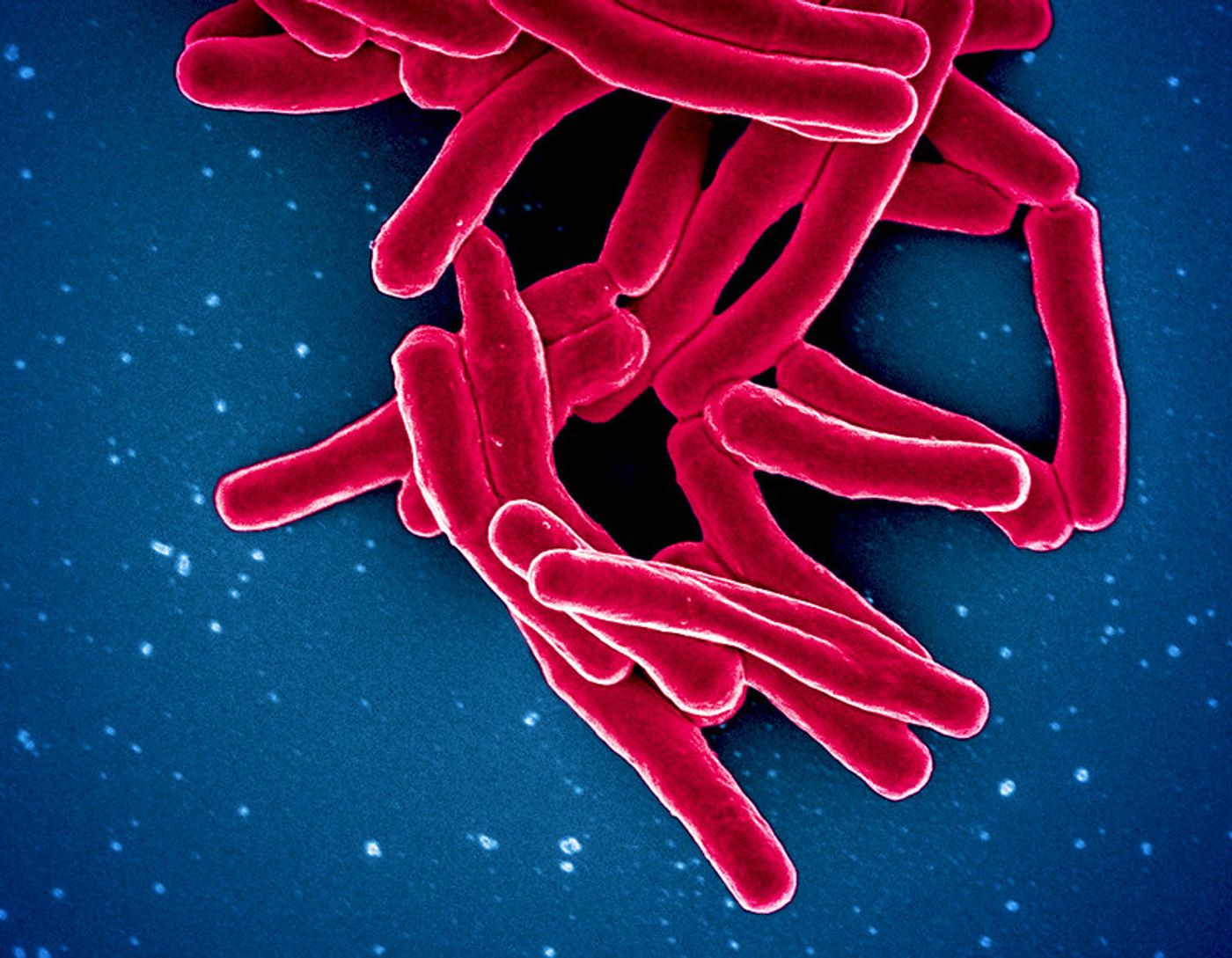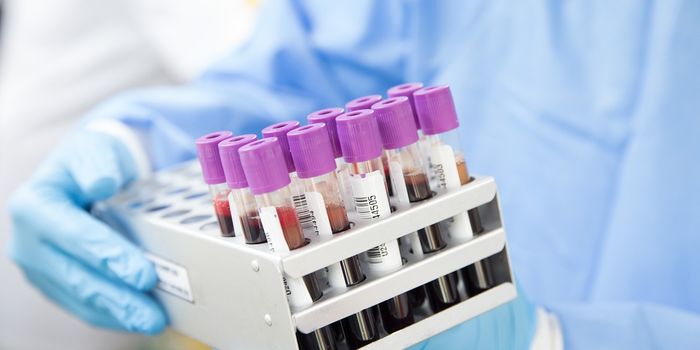A Phone App Can Screen for TB, Which is on the Rise
Is it possible for a very sensitive detection system to tell the difference between the causes of coughs? New research suggests that it is possible, and a phone app can do it in some instances. Many different respiratory diseases can cause a person to cough, including very serious illnesses like tuberculosis (TB). Scientists are developing a phone app that can detect coughs that are caused by tuberculosis, a bacterial disease that is on the rise again after years of decline.
TB is not always easy to identify in many parts of the world where the disease affects thousands of people. The disease is usually confirmed with cultures of sputum samples or with molecular assays, but these diagnostic tools are not always affordable or available. A smartphone-based screening tool could be a huge benefit to public health.
The tool relies on the concept that TB produces a certain pattern and frequency of coughs in affected individuals, which is not like the cough pattern generated from other respiratory illnesses. The app is called TBscreen, and it is still in the development stages. The preliminary work has been reported in Science Advances.
A group of volunteers with various health issues, including pulmonary tuberculosis, was enrolled in this study. The researchers are training a machine learning tool to identify the pattern and frequency of TB-related coughing, and distinguish those coughs from those caused by other illnesses. The researchers aimed to minimize ambient noise and variation among the groups of volunteers when recordings were taken.
Computers can be far better at analyzing audio than the human ear, and there are even some sounds that we cannot hear that computers will detect. This work has shown that several factors affect coughing patterns in TB, such as the characteristics of mucus, strength of respiratory muscles, mechanosensitivity, properties of the airways, and more.
The app was tested through an analysis of about 33,000 passive coughs and 1,200 forced coughs produced by 149 pulmonary TB patients and 46 individuals with other respiratory disorders. TBscreen had an accuracy of about 82 percent when differentiating between coughs from active TB cases and coughs from other causes. Smartphone microphones were more accurate than expensive audio equipment. There were also cases in which the app could identify coughs made by patients with higher levels of pathogenic bacteria. Since patients with more bacteria also tend to be sicker, this tool might also be useful when making treatment decisions.
TB is caused when the bacterium Mycobacterium tuberculosis is inhaled and infects the lungs. According to the World Health Organization, TB infected 10.6 million people worldwide and caused the death of 1.4 million people in 2022 alone. TB is usually spread through coughing and sneezing and has been affecting people for thousands of years.
Sources: Phys.org, Science Advances









